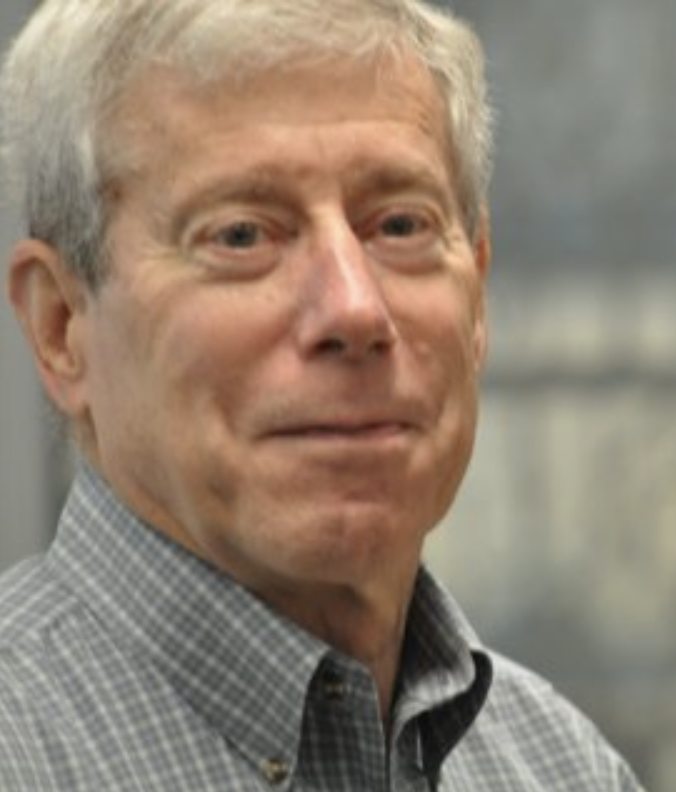
Member Profile: John Dill
1. What do you do, and how long have you been doing it?
I have been formally retired for almost 10 years, though I still (occasionally) review papers, give an occasional guest lecture and am on the Editorial Advisory Board for IEEE CG&A. I retired as a Professor of Engineering Science at Simon Fraser University, where I was for close to 20 years. However, I ‘grew up’ in industry, with 10 years at General Motors Research Labs, and a shorter stint at Microtel Pacific Research.
2. What was your first job?
It was with the Computer Science Department at GM’s Research Labs, from 1970 to 1980, doing computer graphics research for CAD, and for various analytic processes (precursors to InfoVis). It was a marvellous place to be – lots of research opportunities, really smart colleagues and insightful management.
3. Where did you complete your formal education?
I did my PhD work at Caltech in Information Science. This followed a MSc in Biomath at NC State and a BASc in Engineering Physics at the University of BC in Vancouver.
4. How did you first get involved with ACM SIGGRAPH?
Reviewing for the early conferences (’75 onward) and a paper at Siggraph ’75. I was on the Papers Committee for many years, was Papers Chair for Siggraph ’88, and Exhibits Chair for Siggraph ’95.
5. What is your favorite memory of a SIGGRAPH conference?
There are many! At early conferences, we all headed to the show floor as early as possible to try to identify what was “really new this year”, and arguing about my choices with friends at the end of the first day. I have some especially fond memories from Siggraph88 when I was papers chair: for e.g., the AV people were particularly good and helpful – but also had a ‘wicked’ sense of humor. When I started the usual two minutes of closing remarks after the last paper, about 10 seconds in, the AV chief had the monitor at the podium (used for messages to the speaker) flash “OUT OF TIME” at me. I was shocked – I had only talked for 2 minutes … what the hell was this about?? I looked toward the back of the auditorium and saw the entire AV crew breaking up with laughter at my confusion!
There was also the Siggraph95 April Fool Caper, aka the Newt Gingrich escapade, in which three of us (all Conference Committee members) persuaded the rest of the Committee that Newt Gingrich should be invited to tour the Show Floor just before opening. We received some interesting threats after announcing ‘April Fool’.
6. Describe a project that you would like to share with the ACM SIGGRAPH community.
Two projects come to mind, both joint industry-academia efforts. One dealt with developing new visualization methods to help manage very large power distribution systems, the other developing new visual analytics approaches to help improve aircraft safety. Both were truly joint efforts that leveraged industry research funding and problem insight to develop advanced research methods and ended up providing significant benefits to the funding companies, along with some new research and publications.
7. If you could have dinner with one living or non-living person, who would it be and why?
Stephen Hawking, whose work on the very early universe and singularities is fascinating. My second choice: Nobel Laureate Jennifer Doudna – I’d love to hear her discuss the insights that lead to the development of the gene editing CRISPR work.
8. What is something most people don’t know about you?
I love to sail, and taught sailing for a few summers for the American Youth Hostel group at Kent Lake in Michigan. Some might also be surprised that my PhD was in a combination of neurophysiology and computer science.
9. From which single individual have you learned the most in your life? What did they teach you?
My first boss, at GM Research always emphasized the importance of understand the ‘big picture’; details matter of course, they’re crucial in research. But keep track of the high level goals, the purpose of your research and how it connects to related work. Who is going to use it and what is the benefit.
10. Is there someone in particular who has influenced your decision to work with ACM SIGGRAPH?
It’s hard to identify a single individual, it was more the intellectual fun and enjoyment of being at the leading edge of a new field, working with and interacting with others working in the same area. If I had to pick one individual, it might be Andy van Dam, who I first met when he visited GMR as an external consultant to our graphics project, and who became a friend and colleague.
11. What can you point to in your career as your proudest moment?
Instead of ‘proudest moment’, I’d rather identify some highlights. The first might be when I was asked to be papers chair for Siggraph ’88. I’m also very proud of having received a Career Award from IEEE VIS. I am particularly proud of major projects I was a part of creating that were joint industry-academia efforts, projects that developed solid research and had a significant positive impact on the sponsoring company, for example work with the Boeing Safety engineers.